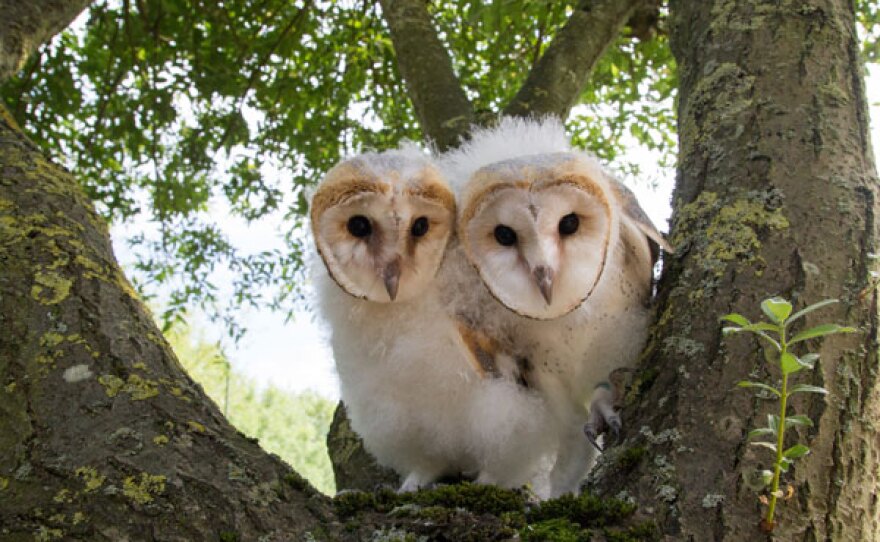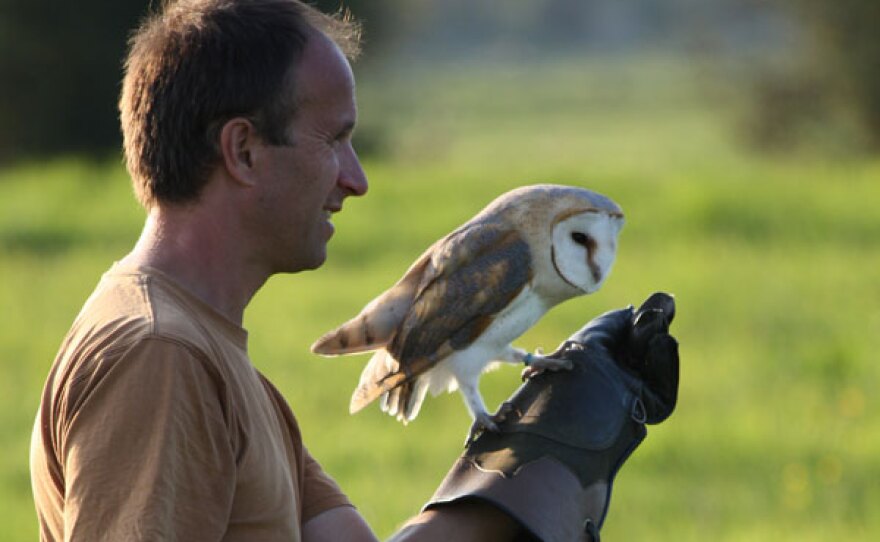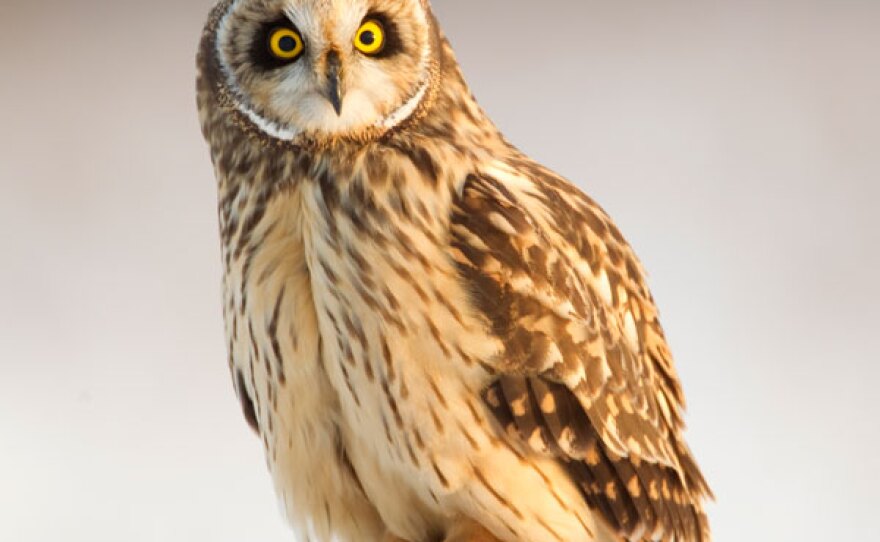—Take a detailed look at owls and see how they’re influencing 21st-century technology and design.—
For centuries, owls have been featured in children’s books and folk tales capturing imaginations the world over. With their haunting calls and charismatic faces, these birds remain popular but mysterious because it’s rare to catch more than a glimpse of one in the wild.
Unlike their cousins, the hawks, eagles and falcons, owls are the only bird of prey able to also hunt effectively at night when they have the skies to themselves.
This has helped them become one of the most successful birds on earth, but the chief reason is due to their extraordinary super powers.
To examine these special skills, filmmakers enlisted the help of veteran bird handlers, experts and technology to demonstrate and test the owl’s amazing abilities.
"Owl Power" premiered in 2015 on PBS.
The program follows the lives of two barn owl chicks from the moment they hatch to show their development into super-powered owls.
Luna and Lily are cared for by longtime bird handlers and trainers Lloyd and Rose Buck who also raise other birds of prey in the English countryside.
It takes two weeks for the chicks to open their eyes, but in just two months, they’re nearly adult barn owls and beginning their flight practice.

To illustrate why owls fly slower than other birds, Lily is put to the test against a peregrine falcon and a graylag goose.
The film compares their different wing shapes using a high speed camera and computer graphics to show how design affects speed.
Ornithologist Graham Martin of the University of Birmingham explains that the barn owl has the largest wings in relation to its body and an overall wing design that enables it to fly slowly as it hunts, then drop on prey in a flash.
Bad luck for mice and voles.

Owls have especially large eyes and a particularly high density of rod cells in their retinas. Together, these special adaptations allow them to gather enough available light to hunt at night.
They are able to detect an image two and a half times brighter than the one we see.

In addition to especially keen eyesight, owls are capable of hunting without even seeing their prey. A blanket of snow may deter others, but an owl can hear its target underneath.
An owl’s whole head is designed for listening; its distinctive round face is shaped like a satellite dish, specifically to detect sound.
The program notes that at certain frequencies, an owl’s hearing is 10 times more sensitive than ours.

But of all their amazing traits, most unique is how quiet an owl is in flight. The film shows a test performed in a studio rigged with super-sensitive microphones.
Each of three birds, Lloyd and Rose’s barn owl Kensa, a pigeon and a peregrine, fly over the set of microphones which capture any sound that is generated.
Only Kensa’s test registers as silence due to several factors including having special flight feathers that reduce air turbulence around the wing.
This stealth-like power is another example of why owls have such a commanding edge when it comes to their hunting success.
WATCH ON YOUR SCHEDULE:
This episode is available for streaming on demand with KPBS Passport, video streaming for members ($60 yearly) using your computer, smartphone, tablet, Roku, AppleTV, Amazon Fire or Chromecast. Learn how to activate your benefit now.
CONNECT:
NATURE is on Facebook, Tumblr and you can follow @PBSNature on Twitter. #NaturePBS
CREDITS:
NATURE is a production of THIRTEEN Productions LLC for WNET. For NATURE, Fred Kaufman is executive producer. A THIRTEEN Productions LLC and BBC Productions co-production for BBC and WNET.






